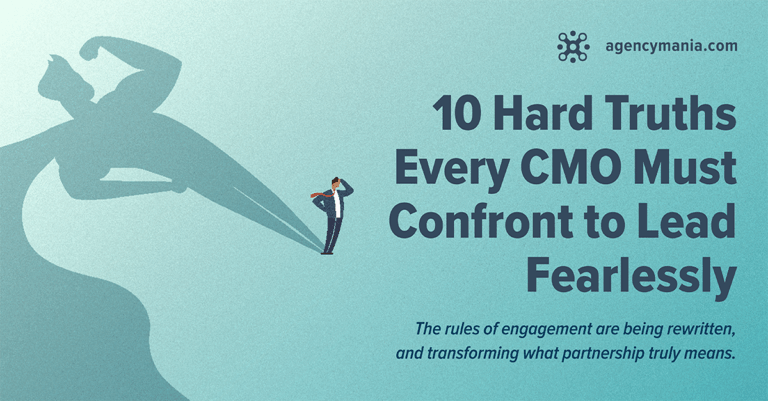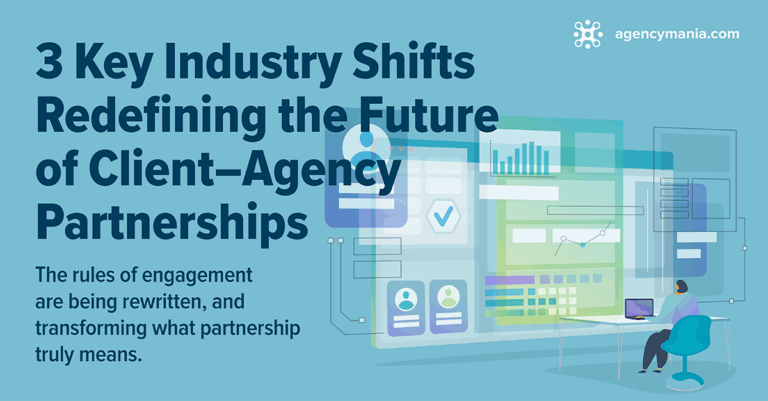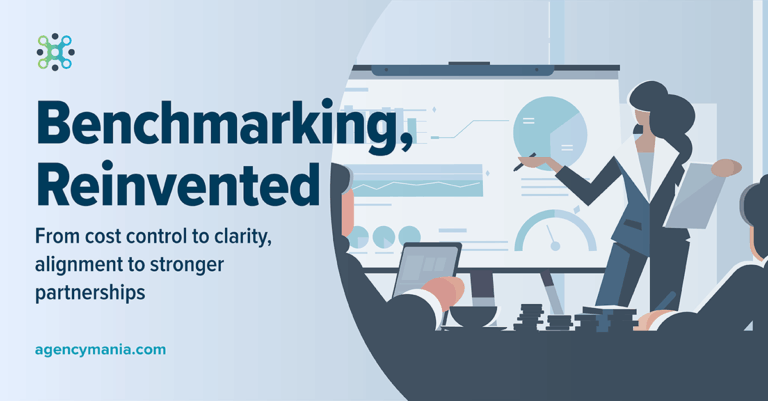Download a print-friendly version here
Discover five effective ways to overcome your company’s Cost of Complexity (COC).
Simplicity is the ultimate sophistication. That’s what Leonardo
da Vinci believed, and I do too. However, marketing has never
been more complex: advanced programmatic buying, social
media engineering, behavioral targeting, attribution and purchase
propensity models, mobile programming, complex search
algorithms, and the list goes on. The fragmentation of media, the
transformation of digital, the change in media consumptions and
the proliferation of marketing specialties suggest that the new wave
of marketers will need PhD-level degrees in big data, statistical
analysis, programmatic buying and content strategy, to name a few.
Every single aspect of the marketing funnel — from planning to
measurement, marketing operations to technology infrastructure,
process to client/agency relations — has grown in complexity as
well. It now takes more budget, more time and more resources
to connect the dots. From an ops perspective, it takes careful
consideration and significant concerted efforts to ensure everything
is in place to produce great work. Advertisers end up with more
agencies and external service providers across a wider number
of moving parts, and yet, the business pressure and level of
accountability to perform are far greater than ever before. Budgets
and resources often remain limited or are in decline, asking you to
do more with less.
How do you keep the marketing ship from sinking under the weight
of complexity? As a company, how will you overcome this poisonous
Cost of Complexity (COC) disorder that is painfully slowing down
or even paralyzing your organization? Here are five proven ways
to increase flexibility, become more agile while simplifying how
you work with agencies, and as a result, significantly increase
performance:
#1: Consolidate agency partner ecosystem
To address the growing intricacy in marketing disciplines and media
channels, advertisers are tempted to secure a large pool of specialty
agencies (creative, social, mobile, search, retail, sponsorships, video
production, digital and traditional media, programmatic, etc.) to
meet their specialty needs. They oft en use dozens of agencies in
various capacities, adding significant operational challenges and
expenses to administer and coordinate. This is what drove iconic
brands like P&G to consolidate their agency roster by 40% this year,
cutting expenses but also simplifying operations. P&G is not alone,
and this is a global phenomenon. More than half of U.K. marketers
expect to use fewer agencies in the future, according to a new
report from the Incorporated Society of British Advertisers. Other
brands are also consolidating their agency partner ecosystem. Last
November, giant food company Kraft consolidated its creative agency roster with four main agencies (McGarryBowen, Leo Burnett , Taxi and CP&B). It’s also happening with media agencies. For example, packaged-foods ti tan General Mills consolidated the bulk of its global media business with WPP’s GroupM (Mindshare). Be careful, however. What’s the right setup for your company? Whether it’s too many, too few or the wrong partnerships, the secret is in finding the right combination of talent to address the unique requirements of your organization.
#2: Re-engineer client/agency workflow process
Getting work done in marketing these days oft en looks like an
obstacle course: it seems that all marketers are running through a
challenging and constantly changing battlefield. Too many moving
parts. Too many internal and external stakeholders. Slow and
cumbersome integrated processes with complicated org charts,
swim lanes and decision rights. All of those get in the way of
moving work productively and smoothly from beginning to end.
The workflow process must be revisited to reduce unnecessary
approvals and too many internal reviews to the few truly necessary.
At the recent ANA Masters of Marketing conference in Orlando,
Brad Jakeman, president of PepsiCo’s global beverage group,
stressed that it took four months and a budget of $2 million to
create four pieces of content a year in the past vs. 400 to 4,000
pieces of content a year on a $20,000 budget now being the norm.
Your client/agency workfl ow must be set to allow for the type of
scale and output Brad Jakeman is talking about here.
#3: Standardize agency management practices
All agencies have their own way of engaging with clients: they rely
on a common taxonomy, internal processes, templates and ways
to get work done which they have institutionalized over the years.
Similarly, many business units or brand teams have developed
their own ways to engage with agencies, write scope, brief them or
provide feedback. Some are better than others, of course, but it’s
not the uneven quality that gets in the way of higher productivity:
it’s the lack of consistency that creates redundancies, confusion and slower processes. Advertisers must adopt best-in-class practices and standardize those across ALL of their agency relationships and ALL of their internal stakeholders to build scale and efficiencies. Are you using a standard template to capture scope of work, write briefs or capture agency financials? Are you following one consistent process to conduct performance evaluations? Look for inconsistencies and revamp your practices by standardizing them.
#4: Automate repetitive, low-value tasks
It’s hard to believe that there was a ti me before the manual
submission of expense reports, the manual booking of travel
arrangements, the manual handling of purchase orders, and the
list goes on. Today, we cannot imagine what our corporate lives
would be like if we had to handle most of these processes in a less
automated way. Similarly, it might be difficult for some of us to
think about handling common agency management tasks manually,
especially those requiring labor-intensive, repetitive tasks like scope of work submissions, capturing SOW/staffing/fees, agency briefings, performance evaluations, training and financial reporting. Yet so many fail to leverage technology to do so. Advertisers need to automate as many of these tasks as possible so that the marketing organization is fully empowered and enabled to do what it does best: marketing.
#5: Use only meaningful KPIs
What data do you need to drive the business and make sound
decisions? The answer is “a lot less than many big data suppliers
would like you to believe.” That’s right; it’s not about capturing data
for the sake of it. It is about being extremely selective about what
type of data will inform truly actionable decisions and focusing on
it. I’ve seen many client organizations ask agencies for countless
reports — weekly, monthly, quarterly — that end up being archived
on a SharePoint and never get fully utilized to inform decisions,
improve the work and help the relationship prosper. Without the
right analytical tools in place, data in large volumes can also quickly
get overwhelming, making it hard to see the big picture. Let’s be
realistic: it’s challenging to see the forest when you are too close
to the trees. The most sophisticated organizations are using fewer
data points and simplified dashboards, giving them access to the
most relevant client/agency relationship data — performance
results, SOW and staffing plan summaries, financial views and FTE
utilization, to name a few — to improve the management of these
partnerships and increase the ROI of their agency investment.
Don’t let the complex world of marketing get in the way of sound
relationship practices. Less is more in marketing operations … more or less. Follow the five steps referenced above to overcome every aspect of your company’s Cost of Complexity (COC), including how you work with agency partners. If simplicity is indeed the ultimate sophistication, then sophisticated organizations know that today’s growing complexities require even greater simplicity.







